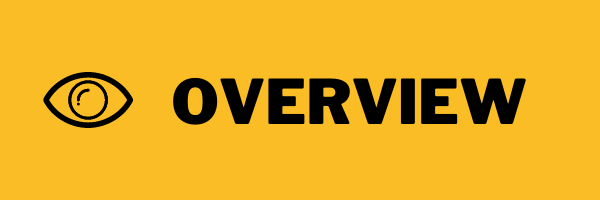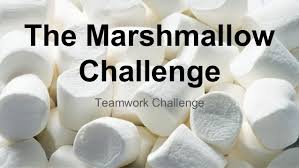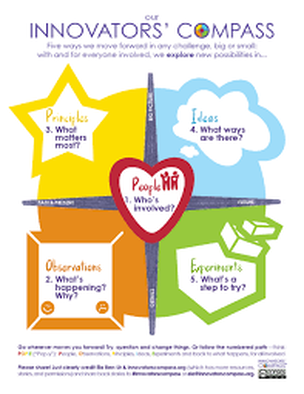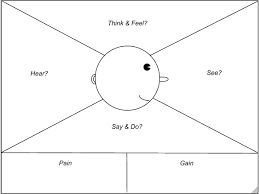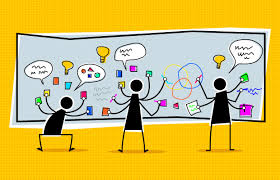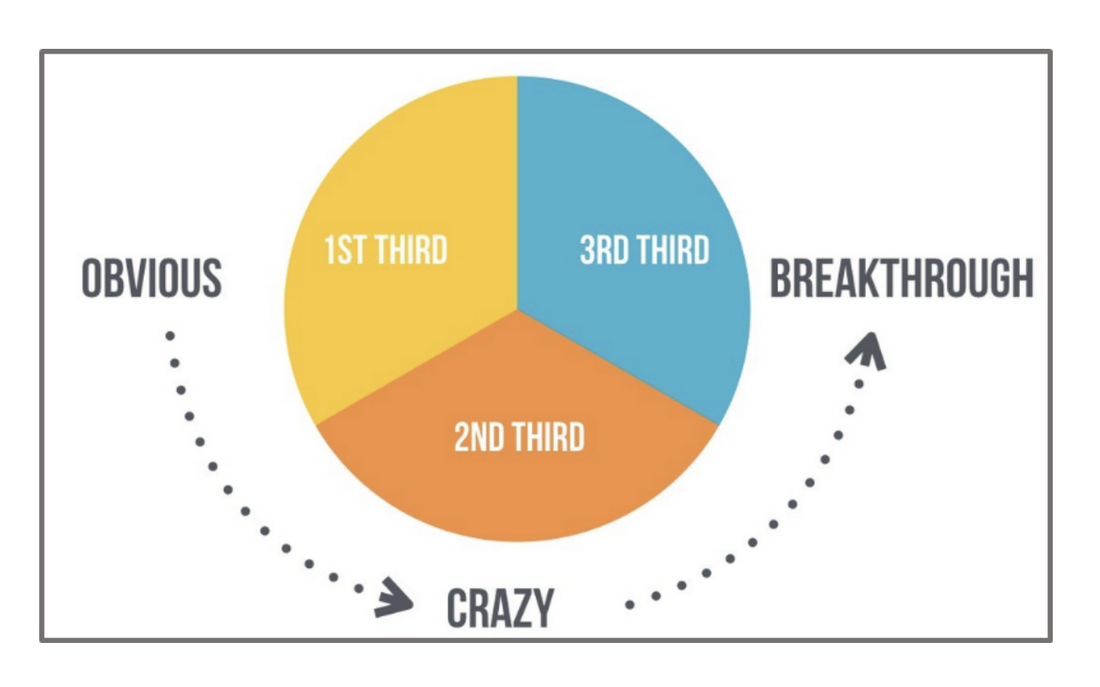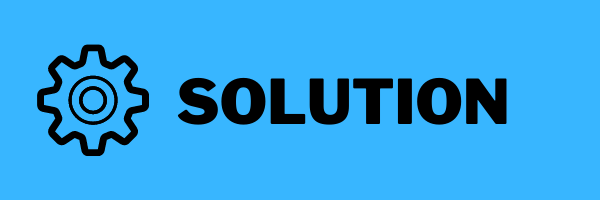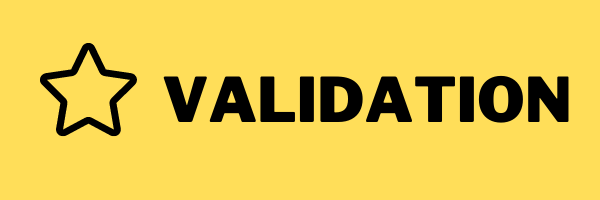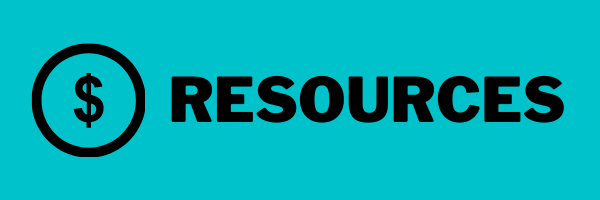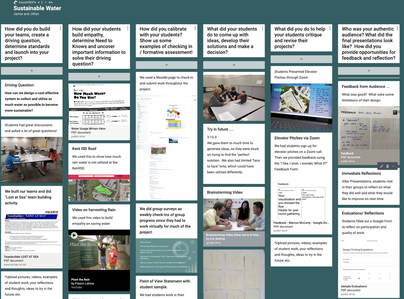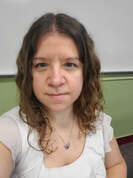Collecting Rainwater
By: Jamie Troth & Jillian Duffy
By: Jamie Troth & Jillian Duffy
Project at a Glance :
This project has students applying math standards to help the school become more sustainable by designing a system to collect and utilize rainwater.
Driving Question:
How can your school collect and utilize rainwater to be more sustainable? How can we design a device to collect and utilize as much water as possible to become more sustainable?
|
Standards:
Entry Event:
|
Stakeholders:
Inquiry / Need to Knows:
|
Incubation:
|
|
Solution Building:
|
Authentic Audience:
|
Click here for teacher's full plan.
Reflection and Feedback:
|
Click here for the teacher's Journey through PBL on Padlet.
|
Meet the Educators:
Jillian Duffy and Jamie Troth both teach Mathematics for the Academically Talented Youth Program (ATYP) for the Kent Intermediate School District. "I am passionate about Design Thinking because it takes the students out of the monotony of traditional learning and gets them actually applying the math they are learning to real-life situations in a way that also promotes the practice of life skills and creative thinking." ~ J. Duffy "I am passionate about making the connections between real life and mathematics in the classroom." ~ J. Troth |
